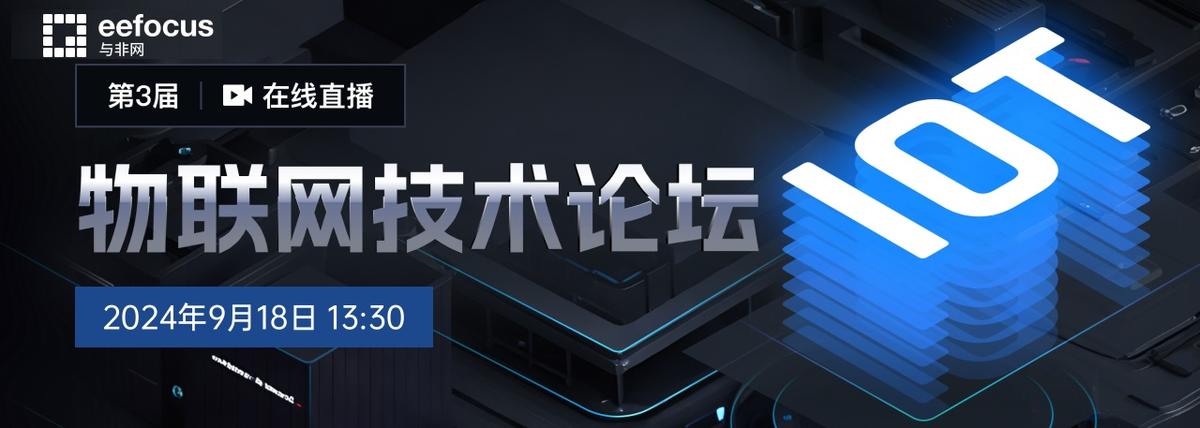EEFocus Webinar - IoT & HBA Forum

Smart homes and intelligent buildings demand that devices integrate more features, such as sensors, network connectivity, low-noise DC motors, embedded USB ports, and smart voice interaction modules. For designers, creating compact and efficient power supplies for these products is a significant challenge. Many devices need to provide more than twice the peak power when motors or speakers are in operation, while products like wall plugs and power outlets must support 140W USB PD 3.1 ports for fast charging. Improving light-load efficiency and minimizing standby power consumption are also key issues to meet regulatory requirements, as devices spend most of their time in standby mode. Various global regulatory bodies, from Energy Star and the California Energy Commission to Energy-related Products (ErP), are increasingly focusing on the standby energy consumption of smart home products. For example, the new EU regulation 2023/826, which includes motor-driven building components like adjustable furniture, blinds, curtains, and skylights, limits power consumption in standby and off modes to no more than 0.5W, effective from May 9, 2025, and further tightening to ≤0.3W two years later.
This presentation will focus on the design challenges and solutions for smart home and intelligent building devices. We will explore how Power Integrations' ultra-low power, high-efficiency AC/DC power switch ICs simplify design while meeting stringent regulatory and application requirements.


